Ancient tablet found on Mount Ebal predates known Hebrew inscriptions
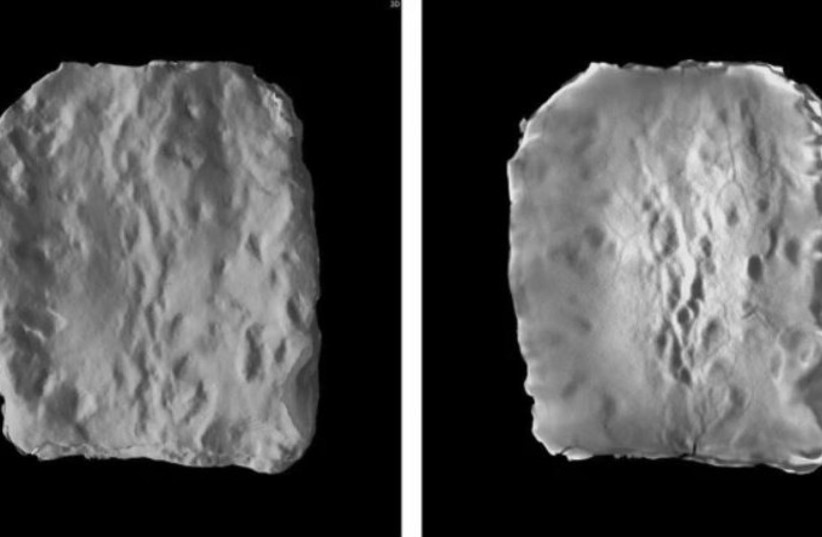
An early Hebrew inscription from Mount Ebal near Nablus that was found on a folded lead tablet during an excavation in the 1980s recently underwent x-ray tomographic measurements to reveal hidden text.
Epigraphic analysis of the data revealed a formulaic curse written in a proto-alphabetic script likely dating to Late Bronze Age that predates any previously known Hebrew inscription in Israel by at least 200 years.
The finding has just been published in the journal Heritage Science by Prof. Gershon Galil, a researcher at in Jewish history and biblical studies at the University of Haifa; Scott Stripling of the Archaeological Studies Institute in Katy, Texas; Ivana Kumpova, Daniel Vavrik and Jaroslav Valach of the Institute of Theoretical and Applied Mechanics the Czech Academy of Sciences; and Pieter Gert van der Veen at the Department of Old Testament and Biblical Archaeology at the Johannes Gutenberg University of Mainz in Germany.
The inscription was: “You are cursed by the God YHW.”

In December 2019, an expedition on Mount Ebal to wet sift the discarded material from excavations led by Adam Zertal – a prominent but controversial University of Haifa archaeologist who died at the age of 79 in 2015 – from decades earlier, yielded a small, folded lead tablet.
The east dump pile from which the object emerged contained the discarded matrix from two structures that he interpreted as altars dated to the Late Bronze Age II and Iron Age I. The earlier and smaller round altar lay underneath the geometric center of the later and larger rectangular altar.
How the team found a hidden Hebrew inscription
The tablet could not be opened without damaging it. But now, the Israeli-European team of scientists performed X-ray tomographic measurements with different scanning parameters to reveal the hidden text, and they found the Hebrew inscription.
The biblical tradition (Joshua 8:30) notes that Joshua, the leader of the Israelites who was appointed to take over from Moses, built an altar on Mount Ebal as part of a ceremony to renew the covenant soon after they returned from Egypt to Canaan. Thus, said the research team, “it is possible that Zertal’s findings relate to this verse.
“The folded lead defixio, the subject of this paper, probably derived from the fill of the altars,” they wrote.
In Deuteronomy (11:26,29), Moses tells the nation that when they finally enter the Land of Israel, they should recite blessings at the flowering Mount Gerizim and curses at the opposite mountain, the barren Mount Ebal.
The priests and the Levites were told to stand in the valley between the mountains, with half of the tribes on one of the mountains and the second half on the other and to say “amen” after each statement.
Like almost all excavations, Zertal left behind piles of excavated soil after examining it. After the first season in 1982, which he devoted to removing a mantle of stones that purposely covered and protected the altars, his team sieved all excavated soil. In December 2019, Stripling wet-sifted a third of Zertal’s discarded material. The lead object, the focus of this article, came from the east dump and therefore almost certainly derived from one of the altars, they said.
In addition to recovering important floral and faunal remains, the project yielded 268 diagnostic pottery shards (95% Iron Age I, 4.75% Late Bronze Age, and 0.25% Early Roman), 75 diagnostic flints, and 79 small objects. Among the objects was the folded lead tablet. It measured 2x2 cm., and when folded it was 0.3 cm. thick, while the thickness of the single lead strip itself merely measures 0.4 mm. Indentations pocked the outside of the tablet. The Czech Republic’s lab of X-ray tomography performed several reconstructions of the tablet, revealing that writing exists on the tablet’s exterior and interior.
Galil said he believes that all 48 letters are clear on the scans and that the inscription dates to the end of the 13th century BCE, but the other authors believe it could be older.
Next: From Times of Israel


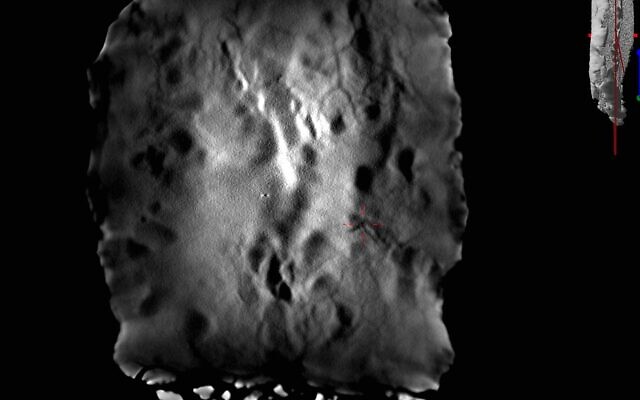
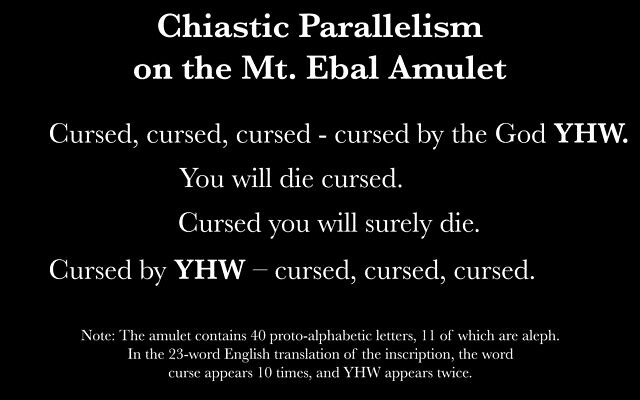
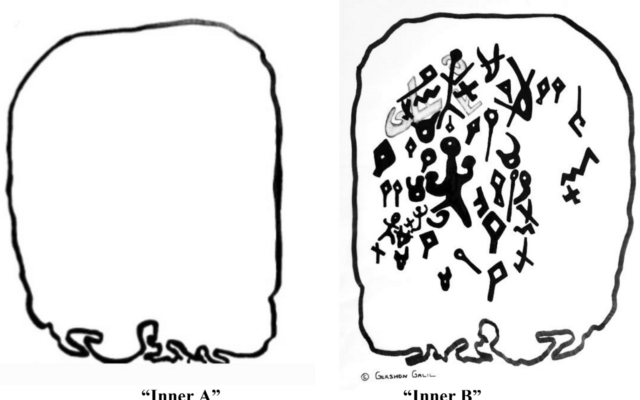
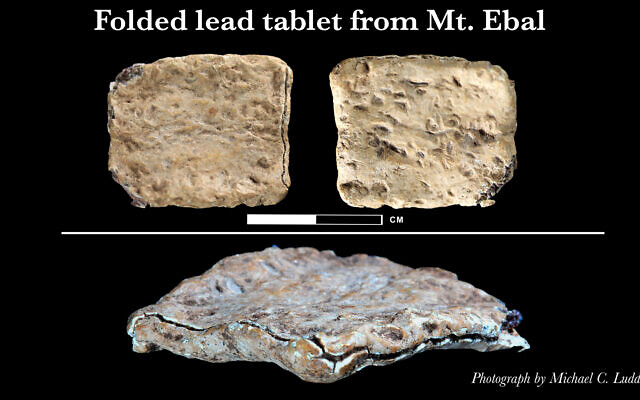

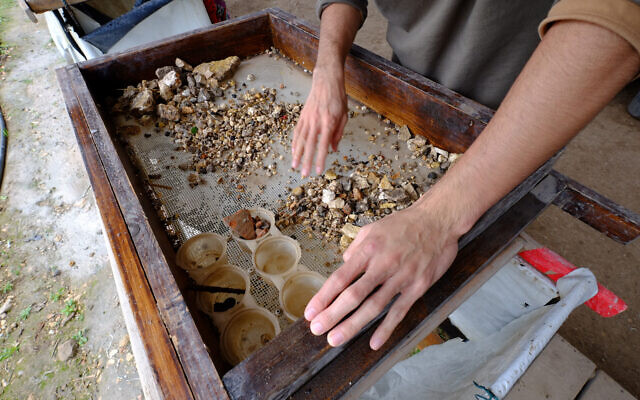
No comments:
Post a Comment